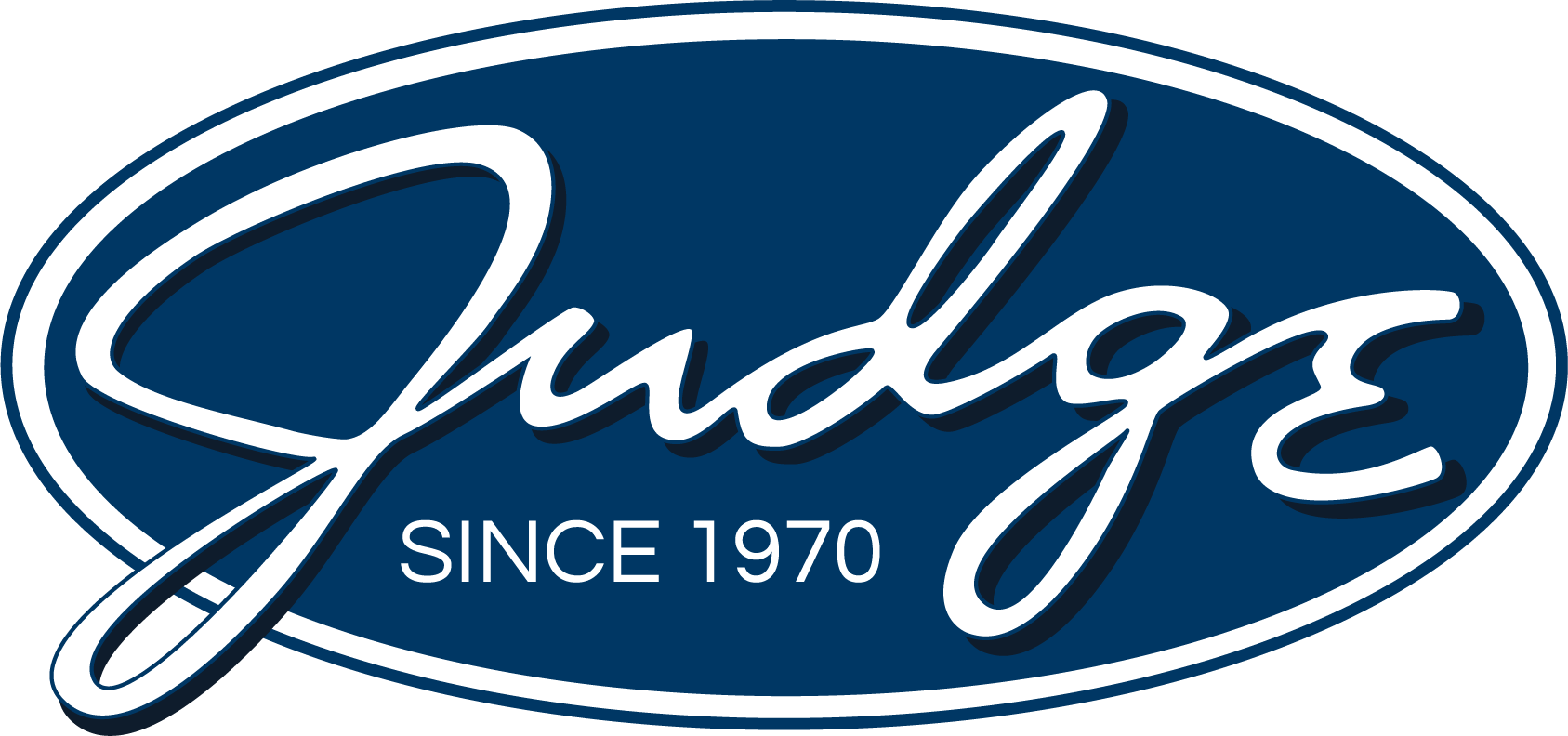Scaling Leadership Development Without Scaling Costs
Here’s the paradox facing most L&D leaders: You need to develop more leaders faster, with better results — and you need to do it with the same budget you had three years ago. Meanwhile, your newly promoted managers are leading hybrid teams they rarely see in person, navigating constant change, and are expected to perform at a senior level from day one.
Traditional leadership development programs weren’t built for this reality. They were designed for a time when promotions moved slowly, teams worked in the same building, and companies could afford to send high potentials to week-long offsite programs. Today, that model doesn’t scale, and more importantly, it doesn’t stick.
Why Most Training Doesn’t Transfer
Studies show that people forget up to 70% of new information within 24 hours without reinforcement. Despite this fact, most leadership training is still delivered as one-off events: a two-day workshop, a dense e-learning module, maybe a follow-up email with resources that rarely gets opened.
The content might be excellent and the facilitators might be engaging. But without structure for repetition and real-world application, even the best insights dissipate quickly. Leaders return to their desks, get pulled back into the urgency of daily work, and within weeks, the training has little lasting impact on how they actually lead.
The Scale vs. Substance Trade-Off
L&D teams are stuck between two bad options. They can create intimate, high-touch programs that genuinely transform participants, but can only reach a handful of leaders at a time. Or they can deploy scalable solutions that reach hundreds of people but sacrifice the personalization and relevance that make learning stick.
Most organizations ping-pong between these extremes. They invest in custom programs for senior leaders while everyone else gets access to generic online courses. The result is a two-tiered system where the people who need development most — first-time managers and mid-level leaders — get the least support.
What’s missing is a middle path: development that’s both repeatable and relevant, cost-effective, and customized enough to feel worth the time investment.
Modular by Design
Judge Leadership+ was built around a different premise: Leadership development should function more like a skill-building system than a one-time event. Instead of cramming everything into intensive workshops that try to cover too much ground, the program breaks learning into focused, two-week units centered on specific leadership challenges.
Each unit tackles something leaders actually face, such as managing remote teams, giving feedback that drives performance, navigating organizational change, and building psychological safety. The structure is consistent, but the content adapts to what participants are dealing with right now.
Here’s how it works:
- Microlearning that fits into real workdays: Short videos and interactive exercises build foundational understanding without requiring leaders to block off hours they don’t have.
- Live workshops that go beyond theory: Instructor-led sessions translate concepts into applicable scenarios, with space for questions, discussion, and troubleshooting.
- Application built into the design: Between sessions, participants practice new techniques with their teams, then return to debrief on what worked and what didn’t.
- Reinforcement that creates habits: Post-session tools and peer accountability keep concepts active long after the formal learning ends.
The modular structure means organizations can start with a pilot cohort, measure impact, and expand gradually, with massive upfront investment or an all-or-nothing rollout.
When Reinforcement Becomes the System
The real shift with Leadership+ is treating reinforcement as core infrastructure. Most programs treat follow-up as something you add if there’s time and budget. Here, it’s embedded from the beginning.
Cohort-based learning creates natural accountability. When you’re working through challenges alongside peers, there’s social pressure to show up prepared and engaged. Guided follow-ups prompt leaders to reflect on what they’re applying and adjust their approach in real time. Over weeks and months, this rhythm turns new behaviors into default habits.
Rather than measuring success by completion rates or satisfaction scores, it’s measured by whether leaders actually communicate differently, coach more effectively, and create stronger team dynamics. That’s the difference between training as an event and development as an ongoing system.
Making the Math Work
As organizations adapt to leaner structures and accelerated change, the ability to develop leaders efficiently (and demonstrate measurable impact) becomes more critical, not less.
Judge Leadership+ addresses this by making the economics straightforward. Transparent pricing, modular flexibility, and content grounded in daily leadership realities mean L&D teams can focus on outcomes rather than defending budget requests.
You’re not paying for custom content you’ll use once, or generic courses that won’t land with your audience. You’re investing in a repeatable system that improves how your leaders show up every day.
Judge Leadership+ offers a flexible, proven approach to building leadership capabilities without straining your budget. Learn more about how the program works.




